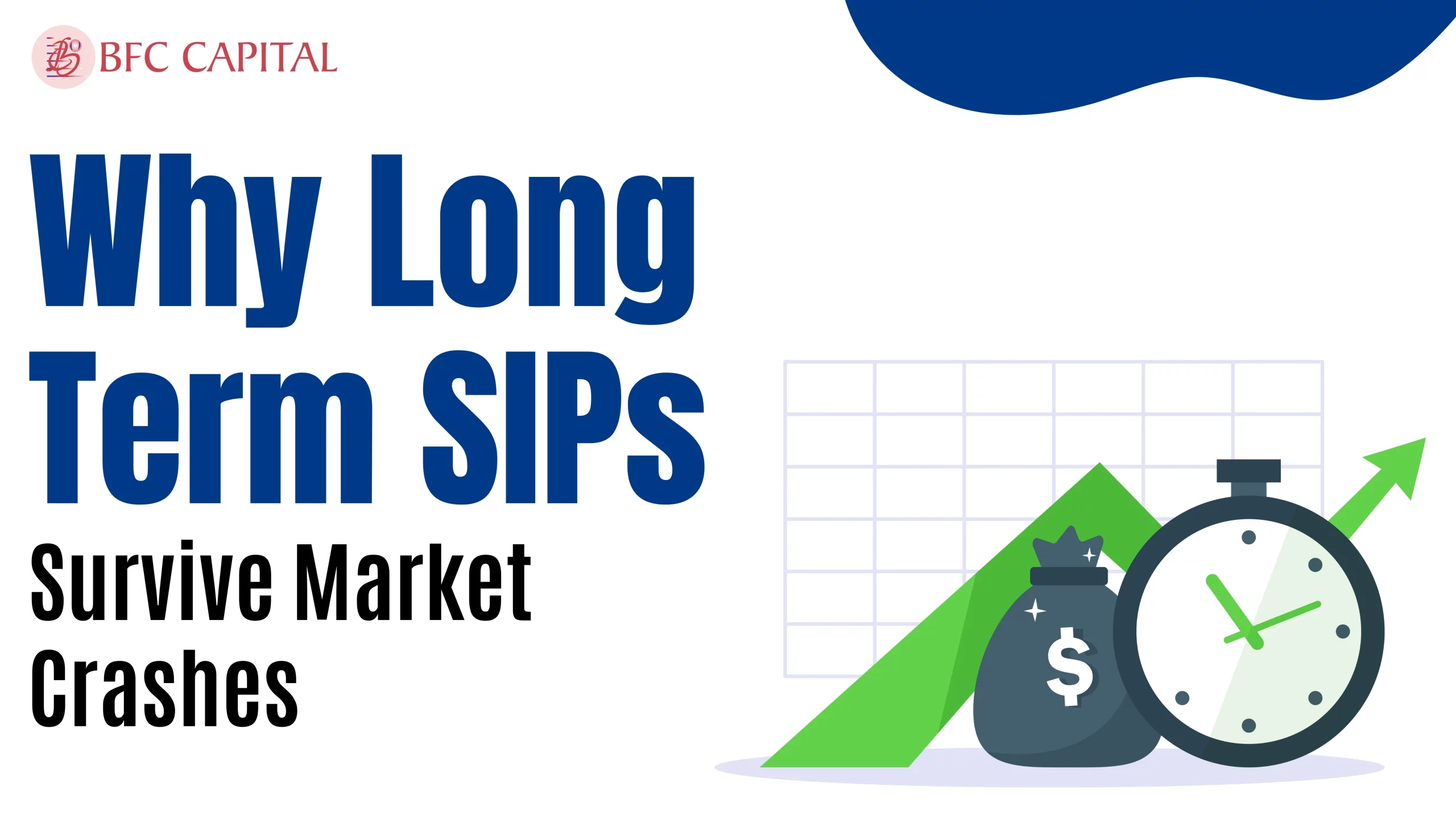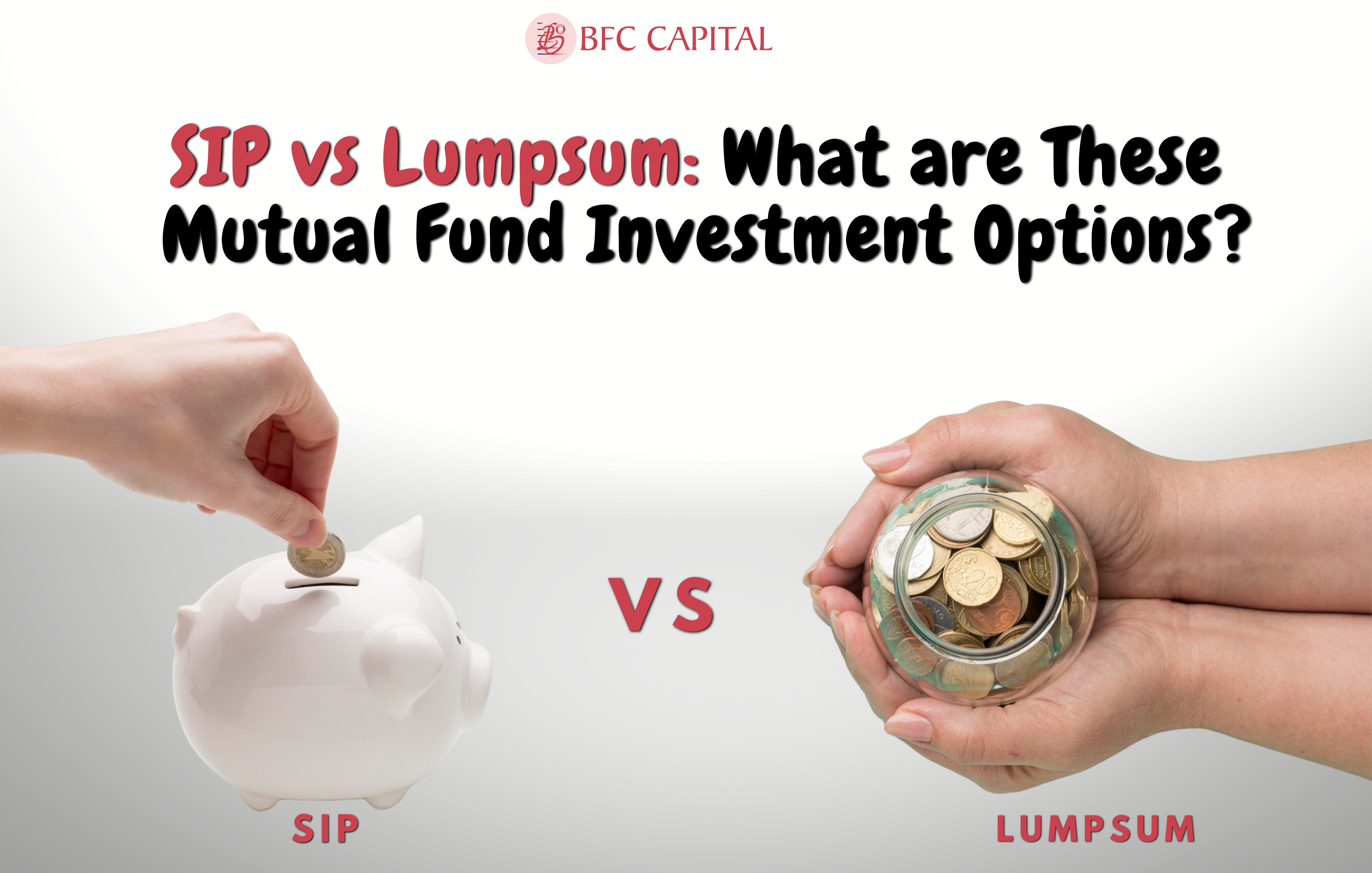
You crack the most complex puzzle, but what happens when it comes to investment and determining NAV (Net Asset Value)?
Most people find it challenging to crack the concept of NAV in mutual funds, but it’s not that complex with the right formulas. NAV in mutual funds shows the market value of its security.
If you are still facing the issues of determining NAV, this article is for you, covering everything about NAV.
Table of Contents
What is NAV – Net Asset Value?
The Net Asset Value (NAV) of a Mutual Fund or Exchange-Traded Fund (ETF) defines the price per unit of the fund. In simple words, it is the end price that users have to pay or get while purchasing and selling mutual fund units.
You can determine the value by dividing the total assets by the total liabilities in the fund and dividing the net difference value by the figures of the outstanding units. Investors make the best use of the value to keep end-to-end track of their investments as it showcases the fund’s performance.
How does NAV work?
Mutual fund NAV working doesn’t come with challenges; rather it tags along the total value of its assets,and the number of outstanding units in the mutual fund.
Every now and then, a mutual fund NAV scheme is added to the market. Hence, asset values lead to change every business day.
An asset management scheme with Rs 100 Cr AUM today may be worth Rs 120 Cr tomorrow. As a result, your return/investment value will increase with the increase in NAV. It is more relevant to look at NAV as a trendline of a particular fund, as it shows how the fund started and where it has progressed.
Formula to Calculate NAV
Most people fall into the dilemma of determining NAV. But calculating doesn’t come as a challenging task. All you need to do is follow the formula and put the right figures at the right place. Company’s NAV is calculated by dividing total assets and total liabilities and dividing the figure with the outstanding units.
Some of the popular assets involve investments in equity, bonds etc.. On the other hand, liabilities entails obligations which includes management fees and other operational costs.
What is the Net Asset Value for Mutual Funds?
Mutual funds do not require real-time trading compared to stocks. However, they are determined using the trading method, influenced by the company’s assets and liabilities.
Assets
Assets means total investments, respective receivables, cash, cash equivalents and other income, including accrued interest.
Every other day the market value of the investment portfolio is determined depending on the closing prices of its securities. Some parts of these investments may be in liquid assets and cash, along with other elements such as interest and dividend payments.
A category of assets includes all the assets listed above or their variants.
Liabilities
During the computation of net asset value, the liabilities section consists of past-due payments, lender payments, and other association fees.
In addition to these assets, mutual funds may hold foreign liabilities, including shares shared by nonresidents, payments pending to foreign conglomerates, and various sales proceeds.
A liability may include various accrued expenses, such as utilities, employee salaries, operating costs, distributions, and management costs.
For mutual fund, net asset value calculations, assets, and liabilities are added up at the end of the day.
How do you calculate a net asset value?
Most people face the dilemma of determining NAV. But calculating it isn’t challenging. All you need to do is follow the formula and put the right figures in the right place. A company’s NAV is calculated by dividing total assets and total liabilities by the outstanding units.
Some of the popular assets involve investments in equity, bonds etc.. On the other hand, liabilities entails obligations which includes management fees and other operational costs.
Daily Net Valuation of Assets
The end value of the mutual fund’s portfolio is determined daily at a sharp 3:30 pm after the stock market closes. Markets reopen the following day with the previous day’s closing prices.
As a result, the fund houses use the formula above to come up with the net asset value for the day.
NAV Allotment for Different Investment Types
- Lumpsum Investments: If you pay by check for lumpsum purchases, the same-day NAV won’t be available to you until it is realized later. Some banks that offer instant payment credit or accept RTGS, NEFT, and UPI can instantly credit the asset management company’s account. Ensure that your electronic transfer to the AMC’s account reaches the AMC before the cutoff time if you wish to purchase more units during a market crash.
- SIPs: The NAV will be allocated according to the payment mode used for SIP payments, regardless of when the payment is posted to AMC’s collection account. SIP instalments may be processed by banking settlement systems and automated mandates based on a number of factors.
- Other Transactions: NFOs will be assigned the NAV at the allotment date, regardless of the application or credit day amount. Depending on the switch-out fund’s pay-out cycle, the switch-in fund will receive money based on the pay-out cycle of the switch-out fund.
Investing for the long term requires you to be less concerned about the NAV at which you transact. Short-term investments may not experience marginal impacts on returns if NAV changes marginally.
Role of NAV in the Performance of a Fund
Investors generally believe that an asset’s net value is equal to its stock price. Accordingly, they tend to believe costlier funds are better investments since they have a higher net asset value
A net asset value simply reflects the performance of its underlying assets during the previous period. In this regard, investors should not use it to decide which funds to invest in. Investing is a long-term commitment, so they should be aware of the returns on their investments.
Therefore, knowing a fund’s net value can enhance one’s understanding. However, net value is not an indicator of a fund’s profitability. To make an informed investment decision, investors must check the current cost of funds and their past performance.
Conclusion
The concept of net asset value is central to the world of mutual funds. The value of the fund is reflected in this barometer, providing investors with useful information about their investments. Investors can use NAV to assess the fund’s performance and decide when to buy and sell, as its underlying assets affect its value every day.
Please share your thoughts on this post by leaving a reply in the comments section.
Also, check out our recent post on: “A Comprehensive Guide on How Sensex Represents the Indian Economy“
To learn more about mutual funds, contact us via Phone, WhatsApp, or Email, or visit our website. Additionally, you can download the Prodigy App to start investing today!
Disclaimer – This article is for educational purposes only and by no means intends to substitute expert guidance. Mutual fund investments are subject to market risks. Please read all scheme-related documents carefully before investing.

Assistant Vice President – Research & Analysis
Akash Gupta heads the Research & Analysis department at BFC CAPITAL, where he combines in-depth market insights with strategic analysis. He holds multiple certifications, including:
- NISM-Series-XIII: Common Derivatives Certification
- NISM-Series-VIII: Equity Derivatives Certification
- NISM-Series-XXI-A: Portfolio Management Services Certification
- IRDAI Certification
With his expertise in equity, derivatives, and portfolio management, Akash plays a key role in providing research-backed strategies and actionable insights to help clients navigate the investment landscape.






